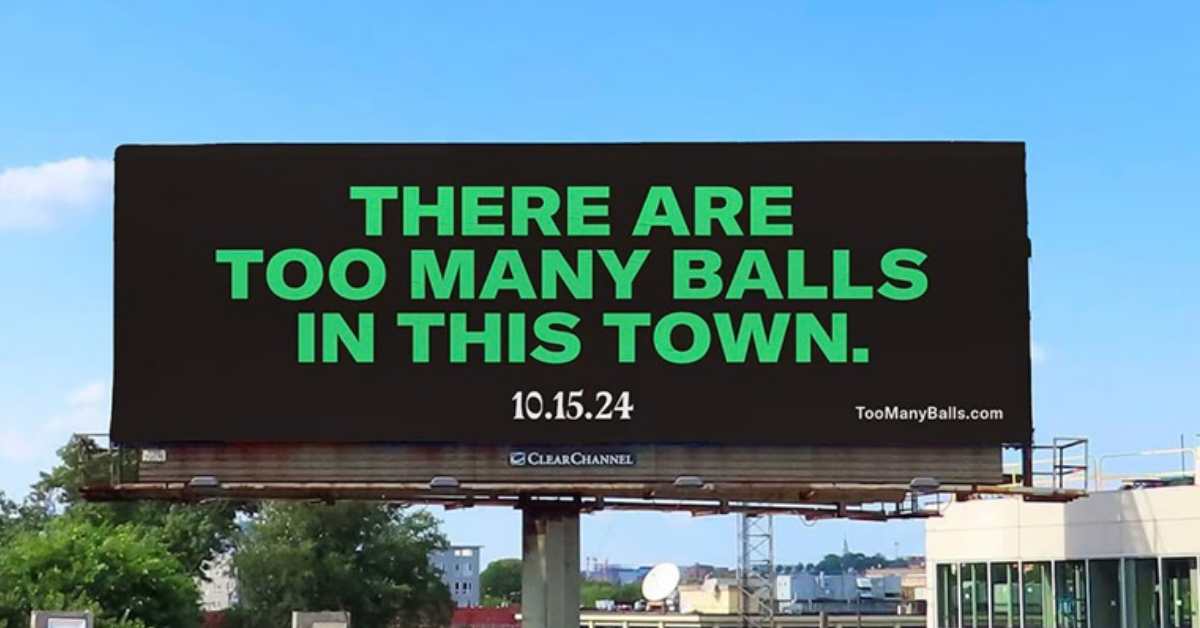Near the end of a recent medical appointment, my doctor directed me to download the office’s app. Good move. From my phone, I now can access my medical charts, make an appointment, email my doctor and even refill my prescription. In the age of convenience and the desire for everything to be instantaneous why can’t your healthcare experience be the same way?
Against that backdrop, healthcare marketers find themselves developing strategies to stay in front of and engage prospective patients. Medical centers, community hospitals and urgent care clinics are not unlike consumer tech companies and quick service restaurants in that respect. With today’s always connected, ADHD society we’re way past simply reaching your target audience on their desktop; it’s now about creating a new sect of brand hand raisers and establishing brand loyalty across many channels.
Like any conversation about the best ways to build your business, it starts with awareness and then funnels through to prospecting, conversion, and retention before looping back to the various stages of the funnel. And it must be done with an emphasis on user experience. The kind of experience my doctor is now offering. An omni-channel approach is increasingly the best way to accomplish that, ensuring a consistent brand experience for consumers across all channels and devices. In fact, consumers demand it.
Data driven in medicine and media
Few industries rely on data as much as the medical field.
Just as you want your physician to have accurate information when deciding a course of treatment, marketers must rely on more than instinct. With the state of digital advertising constantly shifting and improving, the tools available to provide insights, engagements, and analytics provide an insurmountable amount of measurable data. Sometimes, though, you need to marry science and art. One critical element of marketing that is not quite as analytically advanced is mobile. With the seemingly limitless ways to capture behavior, search, and lead data, it’s the one channel that lags behind with actual conversion tracking capabilities. The reason is pretty simple. Most mobile browsers can’t place cookies, a valuable ingredient in tracking success. Even though there are mobile-focused platforms that offer cross-device attribution with deterministic and probabilistic targeting, the conversion encounters technology issues with ad serving and is still more of an assumption.
So, do away with mobile? Not if you want to reach today’s consumer.
The inability to accurately track conversions simply (and likely temporarily) forces mobile into the top of the funnel, otherwise known as awareness. That plays an important role in the discovery phase, meant to reach a new audience. It’s what a new urgent care center needs when it opens down the street from a college campus. That center wants to make sure students know they exist and where they’re located for that chest cold during finals week or the ankle sprain from the intramural soccer game. Honestly, awareness tactics are where the fun and innovative technologies exist and thrive. The content is often unique and engaging, whether it’s a quiz form, high impact and interactive ads, social media executions, native ad placements or video with built-in call-to-action and social sharing buttons.
Getting the tone and messaging right when engaging prospective patients is critical, and so too is how you deliver that message. With the opportunity to build on consumer’s current behaviors of high mobile use, growth in social media via mobile and relying on multiple screens at the same time, the answer is omni-channel.
photo courtesy of freedigitalphoto.net /nenetus




